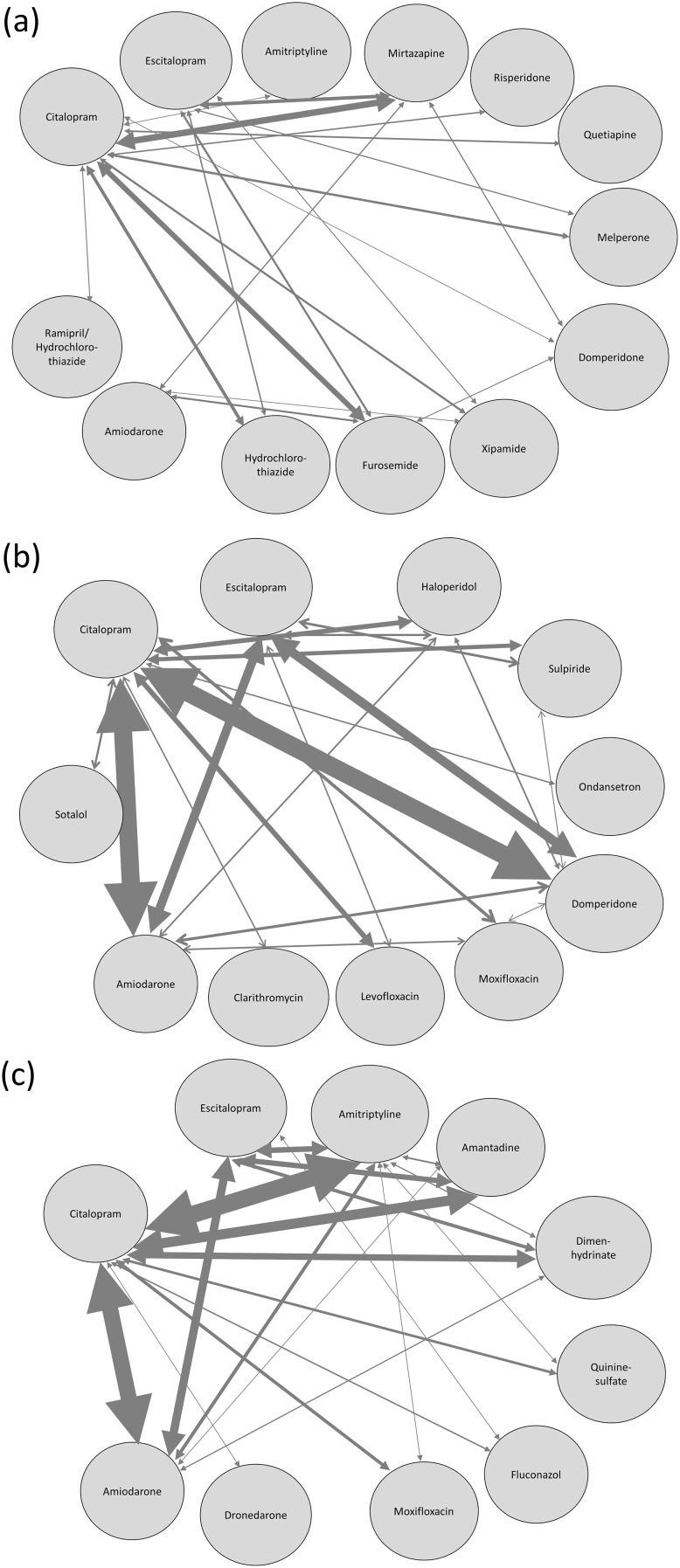Fig 3. TOP 20 of the most common co-prescriptions in patients with QT-drugs associated with higher risk.
(a) 20 most common co-prescriptions of two QT-drugs in patients with at least one High-risk-QT-drug and at least one further ALL-QT-drug, plotted as a net. For example, if a patient received 4 QT-drugs, all possible drug-drug prescriptions of two drugs were generated, in this case 6 possible combinations. The thickness of the arrow is proportional to the number of patients who received the respective combination. The precise percentages are listed in S3 Table. (b) Most common co-prescriptions of two QT-drugs in patients with ≥2 High-risk-QT-drugs. The 20 most common co-prescriptions of High-risk-QT-drugs accounted for 93.4% of all possible drug-drug combinations of QT-drugs with this risk. The thickness of the arrow is proportional to the number of patients who received the respective combination. The precise percentages are listed in S4 Table. (c) TOP 20 of the most common co-prescriptions of SmPC-high-risk-QT-drugs in patients with ≥2 SmPC-high-risk-QT-drugs. The 20 most common co-prescriptions accounted for 92.1% of all possible drug-drug combinations of QT-drugs with this risk. The thickness of the arrow is proportional to the number of patients who received the respective combination. The precise percentages are listed in S5 Table.

